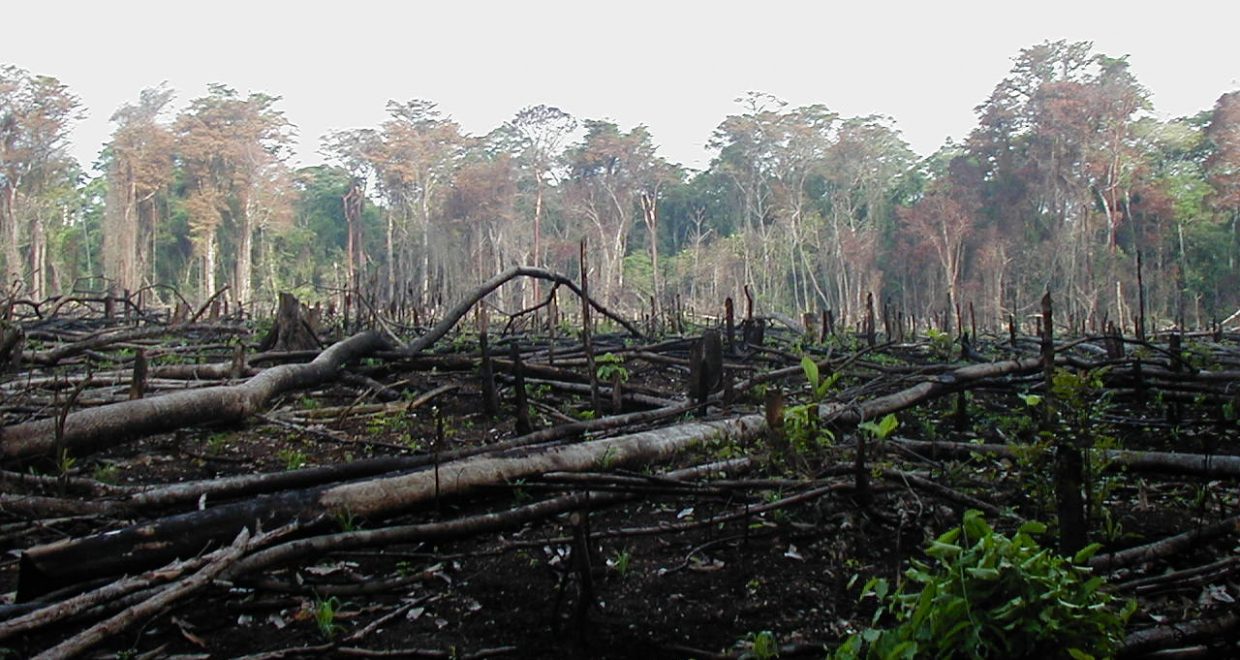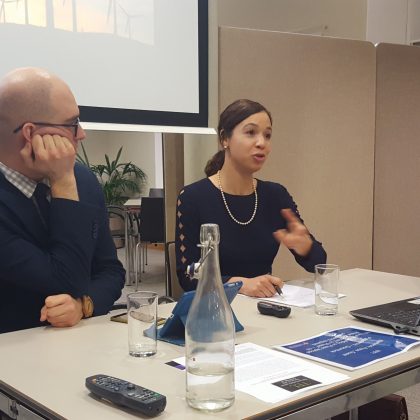Is REDD+ Dead? Why there is still potential for business to save forests
The latest EC Perspectives paper from Environmental Conservation is entitled ‘Understanding the demand for REDD+ credits‘ by Timothy Laing, Luca Taschini and Charles Palmer. In this blog Timothy Laing discusses the research.
Reducing Emissions from Deforestation and Forest Degradation (REDD+) has been much heralded as a potential saviour to the problem of tropical deforestation that generates almost as much greenhouse gas emissions as all the cars and planes in the world. The broad idea behind REDD+ is to create incentives for developing countries to reduce their deforestation rates, receiving performance-related payments from governments or companies looking to offset their emissions. It has however, encountered a wide variety of problems, and is treated by scepticism by many in both the environmental community and the private sector. Despite this scepticism, why are companies involved in supporting projects that reduce tropical deforestation, what barriers exist for their greater participation, and what is needed to harness finance in the private sector to help tackle emissions from tropical deforestation?
The paper grew out of research conducted as part of the Norwegian Agency for Development Cooperation- funded (NORAD) project ‘Developing an Options Market and Complementary Financial Structures to Mobilize Private Capital for REDD+ and Manage Climate Policy Risks’. The ultimate aim of the project was to understand what is needed to kick-start markets for REDD+ and attract greater private finance to countries and regions actively seeking to reduce deforestation. Through interviews and workshops with key private sector actors, we found that few expect a market to emerge whereby firms can use credits from REDD+ to meet legal emission-reduction targets. Instead, the voluntary market, where REDD+ projects are tailored to the needs of each individual buyer is likely to continue to dominate, with the greatest demand for projects that provide emission reductions, along with biodiversity conservation and community development. The recent trend of firms being increasingly concerned with deforestation occurring in their supply-chains offers potential opportunities to boost REDD+ finance and address a perceived gap between private sector understanding of the values of REDD+ and the risks associated with these values not arising – what we term a ‘missing middle’.
Our findings and recommendations have already helped to inform the overall conclusions of the first phase of the project, as well as the design and implementation of a second phase. The supply of REDD+ projects has been discussed and studied, but much less attention has been paid to where the finance for these may actually come from, and why companies get involved. We hope that our research will start to open up more thought on this crucial topic, and help REDD+ fulfil its potential in the fight against climate change.






